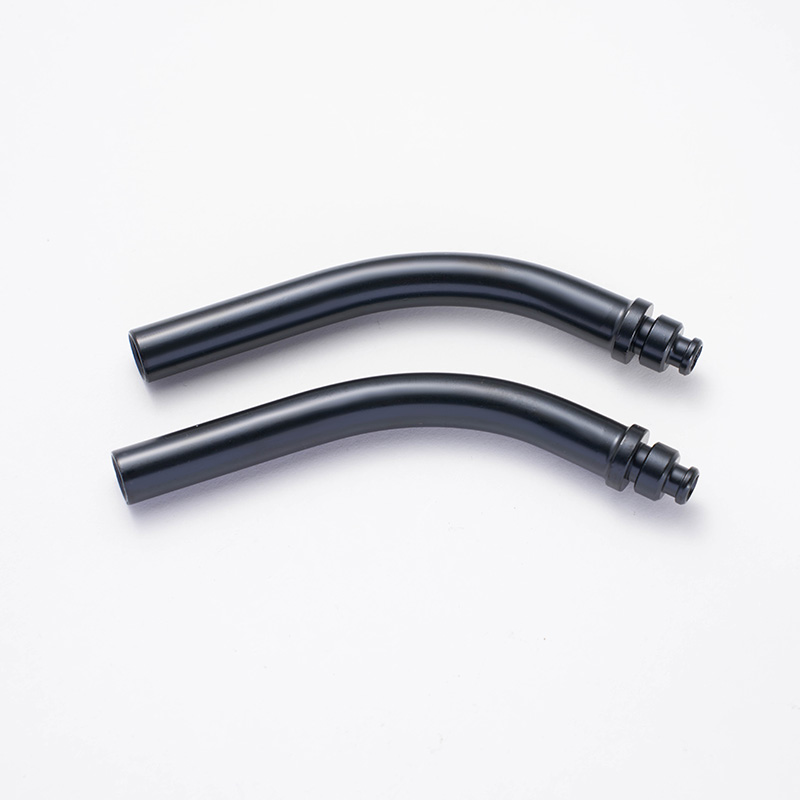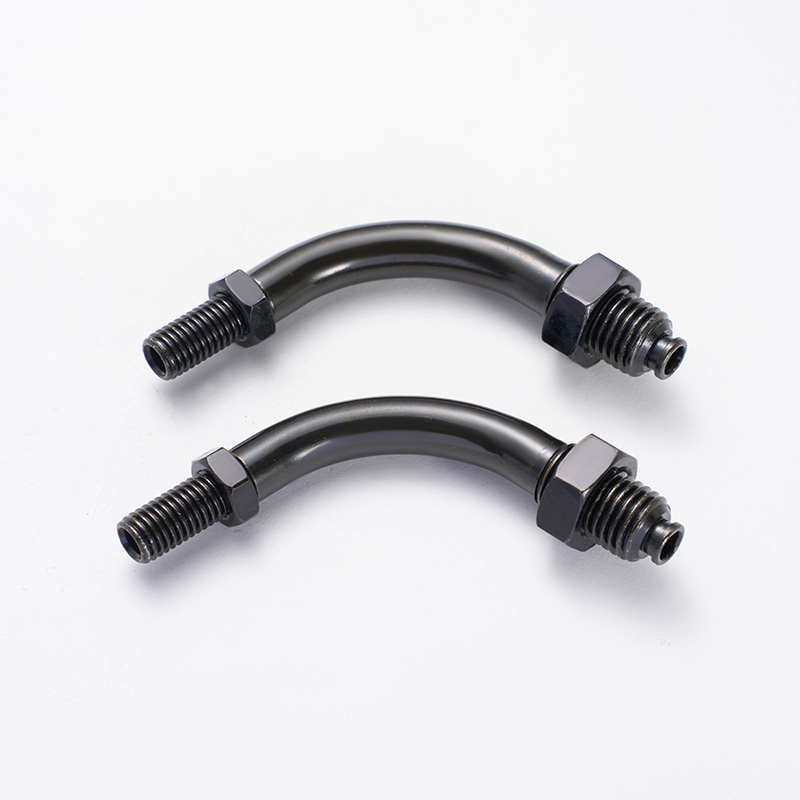Is the LifePO4 Prismatic Battery Cell Safe to Use?
The safety of any energy storage technology is paramount, and the LifePO4 prismatic cell has earned a strong reputation in this regard. Its fundamental chemistry is inherently more stable than that of other lithium-ion variants, such as those using nickel-manganese-cobalt (NMC) or lithium-cobalt oxide (LCO). The strong phosphate-oxygen bond in the cathode material is resistant to thermal runaway, a dangerous chain reaction where overheating fire. This structural stability remains effective even under severe conditions, including overcharging, short-circuiting, or physical damage.

The robust aluminum casing of the prismatic cell provides mechanical integrity, protecting the internal components from impact and deformation. This design minimizes the risk of internal short circuits. When subjected to abuse testing, LifePO4 cells typically do not explode or catch fire; they may vent smoke or gas but are far less likely to combust. This exceptional safety profile makes them the preferred chemistry for applications where risk cannot be tolerated, including indoor energy storage systems, medical devices, and electric vehicles. Their stability ensures peace of mind for users.
Are Energy Storage Batteries Recyclable?
Yes, energy storage batteries are recyclable, and a mature industry exists to recover their valuable materials. The process begins with collection and transportation to a specialized facility. There, batteries are discharged and dismantled. Through a combination of mechanical shredding and hydrometallurgical processes, the components are separated into distinct streams. Valuable metals like lithium, cobalt, nickel, and copper are extracted and purified. These materials can then be reintroduced into the manufacturing supply chain to produce new batteries or other products.
Recycling is not just feasible; it is increasingly crucial from an economic and environmental perspective. It reduces the demand for virgin mining, which has significant ecological and social impacts. It also secures a domestic supply of critical materials, enhancing supply chain resilience. However, challenges remain. The logistics of collecting end-of-life batteries from diverse sources can be complex. Continued investment in recycling infrastructure and the development of even more efficient separation technologies are key to making the process more widespread and cost-effective, closing the loop on battery lifecycles.
Are Energy Storage Cells Affordable?
The affordability of energy storage cells is a complex question with a positive trend. The upfront purchase price has decreased dramatically over the past decade due to advancements in manufacturing scale, technological improvements, and fierce market competition. This is especially true for prevalent chemistries like lithium iron phosphate (LifePO4). When evaluating cost, it is essential to look beyond the initial price tag and consider the total cost of ownership over the system's entire lifespan.
Two key metrics define true affordability: cycle life and efficiency. A higher-quality cell may have a greater initial cost but can deliver thousands of additional charge-discharge cycles. This translates to a lower cost per cycle, making it more economical in the long run. Similarly, high efficiency means less energy is lost as heat during charging and discharging, preserving more electricity for use. As technology continues to evolve, the combined effect of falling initial prices and rising performance is making energy storage an increasingly accessible and financially viable solution for both residential and commercial applications.
 boo@zjmgmm.com / 958587858@qq.com
boo@zjmgmm.com / 958587858@qq.com English
English русский
русский Español
Español عربى
عربى







 English
English  Building 33, Demonstration Park, No. 318 Chenguang Road, Eastern New District, Wenling City, Taizhou City, Zhejiang Province, China
Building 33, Demonstration Park, No. 318 Chenguang Road, Eastern New District, Wenling City, Taizhou City, Zhejiang Province, China  0086-576-86337978
0086-576-86337978  0086-576-86333878
0086-576-86333878
 boo@zjmgmm.com
boo@zjmgmm.com 